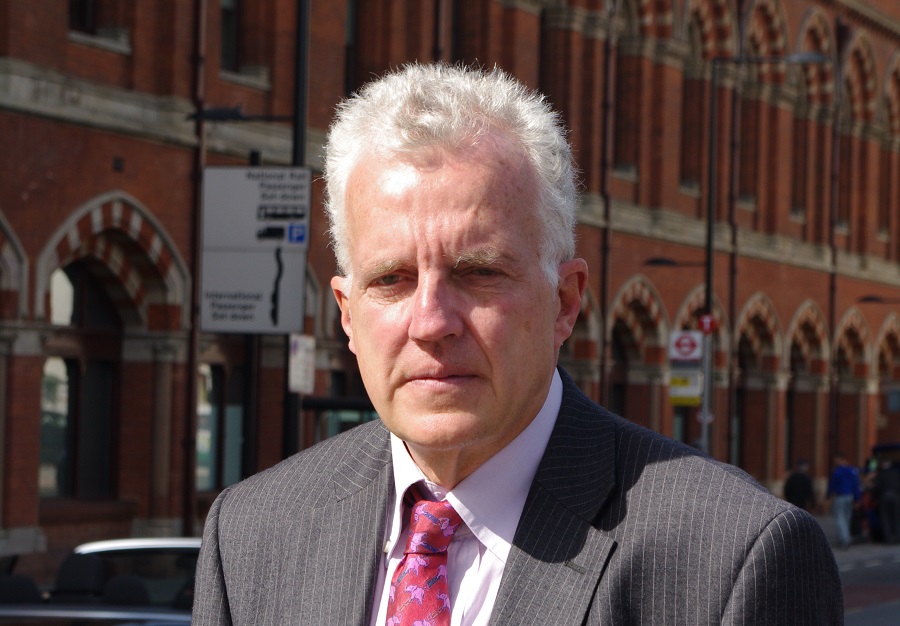Bendy buses seemed like such a good idea a first. The thinking behind them was impeccable. They had greater capacity than the old double deckers and were totally accessible for people in wheelchairs or with pushchairs. And the days of risking your life going up and down stairs while the bus lurched around with a boy racer type emulating Michael Scumacher at the wheel were gone.
For the operators, they were cheaper to make and by making people buy tickets before boarding, all three doors could be used simultaneously for both getting on and off, greatly reducing dwell times at stops.
There were a few early concerns when it was discovered they had a tendency to self combust, which led to three complete write-offs, though fortunately with no resulting injuries or, indeed, fatalities. This has been a problem in other towns with lots of hills, notably Vancouver, as bendy buses tend to be somewhat underpowered and their engines overheat.
However, they still seemed like a good idea, until the various disadvantages became all too apparent. The new buses have far fewer seats than the old double deckers and are really designed for lots of people to straphang, most of whom have never heard of underarm deodorant. Indeed, the buses can get even sweatier than the tube on a sunny day.
Then there is fare dodging. It is very easy for people not to bother to flash their Oyster card and even if they want to, the machines are often out of order. Certainly checks are a thing of the past, not even the cursory glance of the old double decker drivers that ensured most people had a valid ticket or at least something that looked like one.
But the key issue is road space. In the 1980s London Transport had considered using bendy buses but rejected them, according to an old bus manager, because they were seen as a ‘foreign anachronism’ and because London streets were seen as too narrow for anything longer than the 9 metres of current double deckers. Ken Livingstone and his bus team at Transport for London decided to reverse that policy because London is somewhat less congested because of better parking enforcement and there are many bus lanes.
Nevertheless, it is the fact that they take up double the road space, which is at a premium in London, that is causing most problems. Just take a look at Oxford Street in the evening rush hour. Even before the introduction of bendy buses, it was rather like a bus depot, particularly at the western end from Oxford Circus to Marble Arch which can be one continuous line of buses. Now with frequent services such as the 12 and 73, as well as several others, being converted to bendy buses, the whole length of the street all the way from Tottenham Court Road to Marble Arch can often be one long line of red.
Moreover, the buses are not exactly cycle friendly. Most, fortunately are well driven, but even so, overtaking a cyclist, who is legally in the bus lane, is a difficult manoeuvre. And why do many of these buses sport a sign of a cyclist with a line through it, suggesting that cyclists are not allowed to go anywhere near them?
Then there is the problem of security. There have been a number of incidents late at night on the 29 route, which is one of the few to run all night. Anyone can get on and off the bus as there is no effort to check tickets and with the bus serving Camden Town where drink and drugs are rife, it is hardly surprising that there have been problems. This has become so serious TfL are considering using an alternative fleet at night.
Bendy buses will be here for several years but there is some disillusion about them in Transport for London headquarters and I suspect that few new routes will be converted and even, possibly some may be changed back to conventional double deckers. In an ideal world, designed for buses rather than cars, bendy buses would be perfect but in the hurly burly of a capital whose centre was built up long before the advent the motor car, they are a menace.
